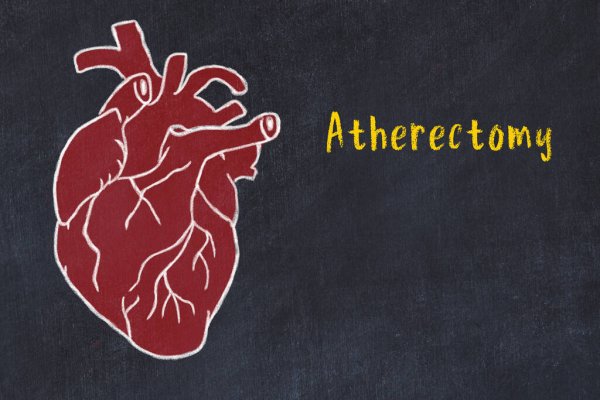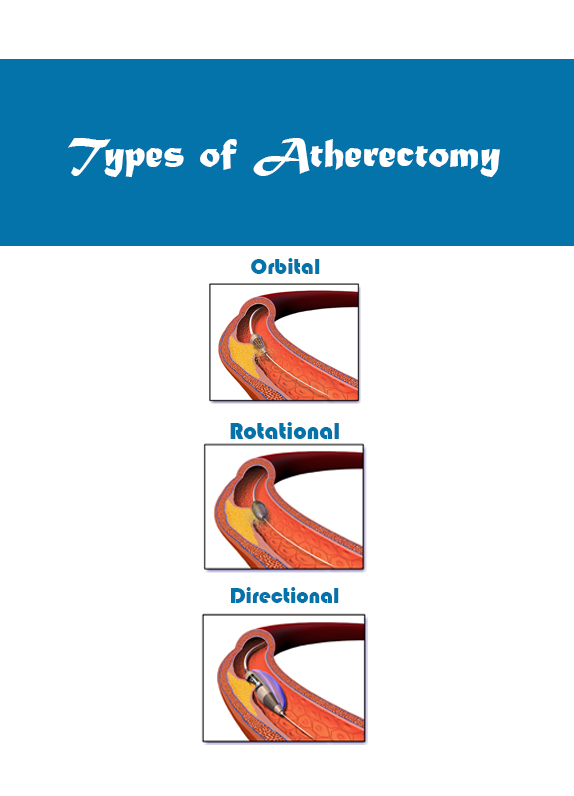
Atherectomy
When arteries become clogged with plaque, they constrict the blood vessels and end up blocking blood flow.
This causes fatigue, cramping and pain in the limbs.
Our doctors at Vascular Institute specialize in the removal of this plaque to restore blood flow through a treatment called Atherectomy.

What is Atherectomy?
Atherectomy is a minimally invasive procedure that is done in an outpatient setting. Medication is given through an IV in your arm to help you relax or put you in a twilight sedation throughout the procedure. An angiogram will be performed and that is when an Interventional CardioVascular Specialist, Interventional Radiologist or Vascular Surgeon puts a small tube called a catheter into your artery.
Once the catheter is in place, the doctor guides a catheter to the area of narrowing or blockage. A contrast is injected into your artery in order to visualize the blood flow with the use of x-ray at the same time. A small device is inserted into the catheter and is used to gently remove the plaque.
The plaque is shaved or vaporized away with tiny rotating blades on the end of a catheter. By removing the plaque, the artery becomes wider and blood can flow more freely.
An atherectomy is sometimes performed on patients who have very hard plaque or on patients who have already had and angioplasty and/or stents, but who still have plaque blocking the flow of blood.
What is an Atherectomy?
Atherectomy is a minimally invasive procedure that is done in an outpatient setting. Medication is given through an IV in your arm to help you relax or put you in a twilight sedation throughout the procedure. An angiogram will be performed and that is when an Interventional CardioVascular Specialist, Interventional Radiologist or Vascular Surgeon puts a small tube called a catheter into your artery.
Once the catheter is in place, the doctor guides a catheter to the area of narrowing or blockage. A contrast is injected into your artery in order to visualize the blood flow with the use of x-ray at the same time. A small device is inserted into the catheter and is used to gently remove the plaque.
The plaque is shaved or vaporized away with tiny rotating blades on the end of a catheter. By removing the plaque, the artery becomes wider and blood can flow more freely.
An atherectomy is sometimes performed on patients who have very hard plaque or on patients who have already had and angioplasty and/or stents, but who still have plaque blocking the flow of blood.
Recovery Time
Recovery from an atherectomy is only a few short hours at Vascular Institute. You will be monitored closely and then able to go home. It will be recommended to rest the remainder of the first day. You will have some lifting and activity restrictions for up to 5 days. During this recovery period, you may experience soreness, bruising and/or discoloration of the skin where the artery was punctured and the catheter was inserted. You will be sent home with discharge instructions after the procedure on specific instructions to follow.
